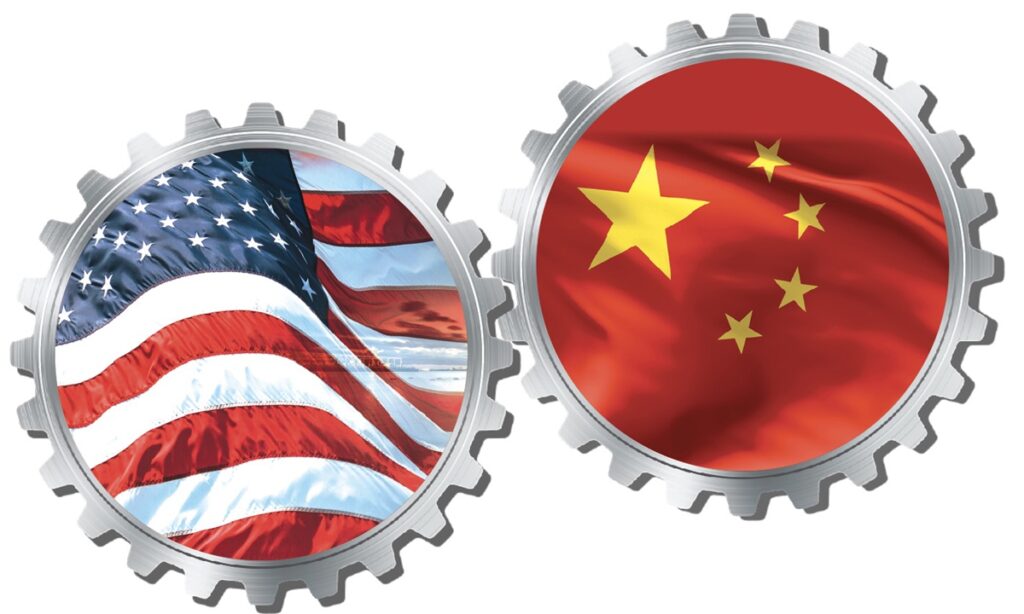Wang shared several concerns expressed by US companies at a press briefing on Friday, with China-US bilateral relations and the politicization of trade and economic issues topping the list.
“Some US enterprises expressed concerns over de-risking, which they said is the biggest risk. Also, they’re concerned about tariff-driven rising operation costs and market entry barriers due to bilateral investment restrictions,” Wang said, while also taking note of uncertainties brought by sanctions, which adds to compliance costs.
Wang said that all of those concerns are issues that should be solved by both sides, and the Chinese side is sincere in promoting a solution to those issues.
In the next step, China is willing to make full use of communication and exchange mechanisms with the US and implement the consensus reached by Chinese and US leaders in San Francisco.
The mechanisms include ministerial talks, twice-yearly meetings at the deputy ministerial level and monthly consultations at the department and bureau level, as well as the export control information exchange mechanism, according to Wang.
At the top leaders’ summit in San Francisco in November, Chinese and US leaders established the “San Francisco vision” oriented toward the future, providing direction and outlining a blueprint for the healthy, stable, and sustainable development of China-US relations.
This year marks the 45th anniversary of the establishment of diplomatic relations between China and the US. During those 45 years, bilateral trade has grown 200 times, and two-way investment has surpassed $260 billion. Over 70,000 US companies have invested in China to date.
“China is the world’s largest developing country, while the US is the largest developed country, and the two countries are each other’s important trading partners, with bilateral trade and investment growing rapidly, and industrial chains closely integrated,” Wang said.
He noted that the content of China-US trade and investment has expanded from trade to all fields in the economy, making important contributions to social economic development and the improvement of people’s well-being in both countries.
Last year, China’s imports from the US dropped by 6.8 percent, totaling $164.16 billion, while exports to the US slumped by 13.1 percent, reaching $500.03 billion, customs data showed.
Global Times




